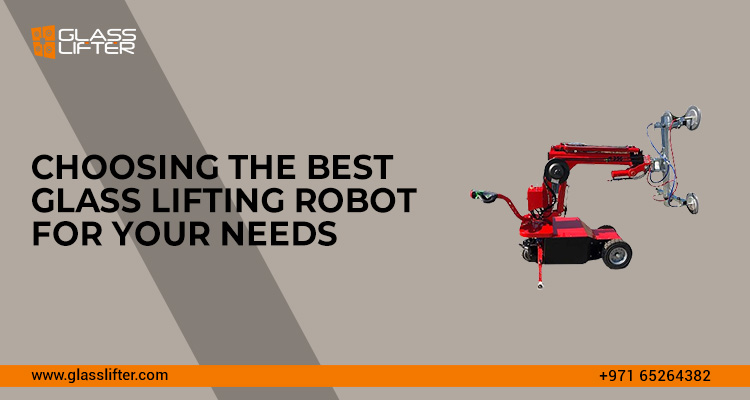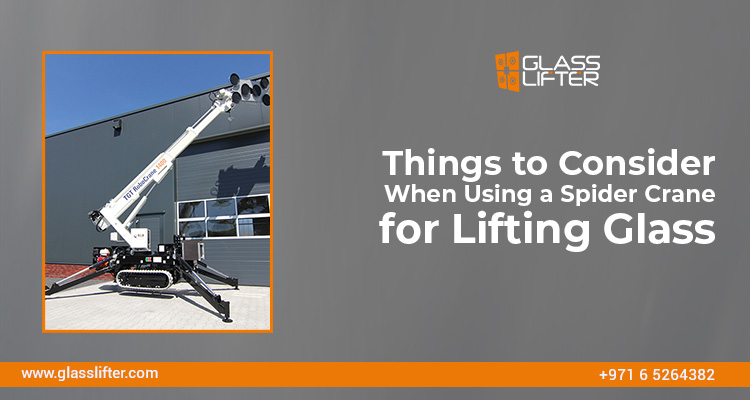The secure lifting and installing of glass panels have become possible since the advent of glass lifting robots. Manual lifting of glasses has significant risks tied to it, which includes the damage to the panel as well as the liability of injury.
Glazing robots turned out to be an excellent solution for glass handling operations.
It is more than necessary to choose the apt model of glass lifting robots that serves the specific glass lifting task.
This blog will walk you through the essential aspects to be taken into consideration while choosing a glass lifting robot.
Know your load
The weight holding capacity of glass lifting robots vary across the models. Most of the robots come under the range of 200 kg to 1000 kg.
Select the glass lifting robot that can meet the daily load requirements of the industry. This will aid in the accurate lift and installation process.
Material Compatibility
While glass remains as the default material handled by the robots, some models now feature different suction pads that enable the lifting of other non-porous material such as granite and marbles.
So while it is advisable to choose the right glazing robot- the one that can accommodate a wide range of materials that come in different sizes and shapes, based on the specific needs of the industry.
Safety Features
Safety is a non-negotiable factor in any workspace. As lifting calls for potential challenges and risks, it is necessary to choose the glass lifting robots which adhere to the safety regulations of the industry.
Check whether the robots are equipped with the basic safety features which includes emergency stops, low battery signal, overload signal, dual vacuum system and the like, and ensure that it poses no hazards to both the material and the operator.
Configuration and Size
Always choose a robot that can navigate through the given working environment, whether it is a wide area or a confined space. Glass lifting robots in different configurations and sizes depending on various factors.
Some models feature compact size making it a suitable choice for operating through tight spaces. Select robots with the appropriate dimensions best suited for the workspace, which efficiently handles the lifting and installation of panels without compromising safety.
Check for Additional Attachments
Some models of glass lifting robots come with additional accessories such as pallet forks, lifting hooks, loading ramps , extenders and the like.
These attachments serve different purposes, for instance the pallet forks enable the transit of materials on the pallets. This will be of great use for the different works at hand.
Proper Test-Drive
After selecting the desired robot, make sure to run a test drive to evaluate its performance. This will help in assessing its load handling efficiency, mobility, precision in installation and other safety features.
Train The Operators
The operators dealing with the glass lifting robots should be given proper training regarding the functioning and handling of the robots.
The above are some key factors to be noted while selecting the ideal glass lifer. By taking into account the weight lifting capacity, safety features, material compatibility, dimensions and the like, a productive and hassle free working environment can be ensured.




